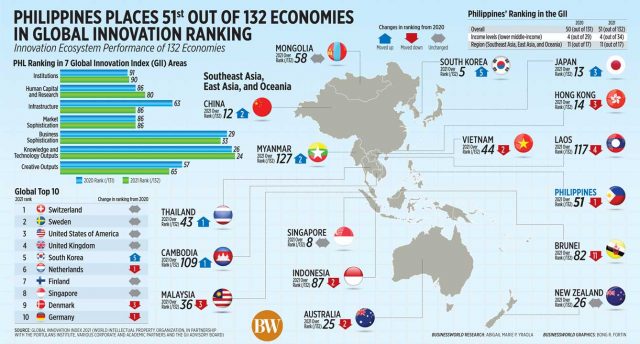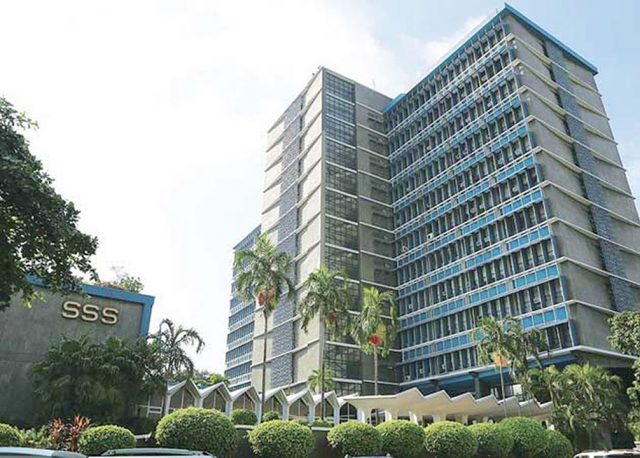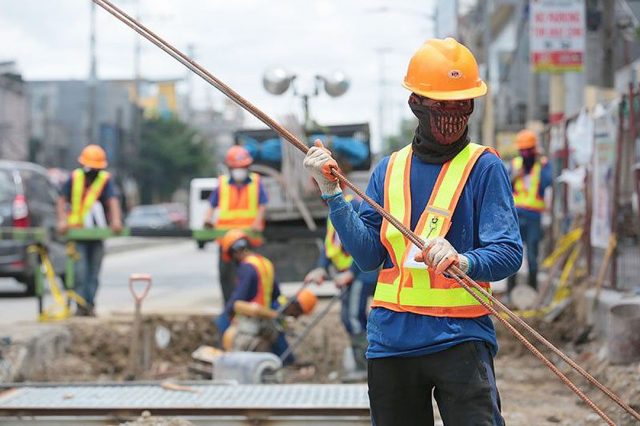THE BENCHMARK INDEX inched up on Tuesday on bargain hunting and as more coronavirus disease 2019 (COVID-19) vaccines arrived in the country.
The bellwether Philippine Stock Exchange index (PSEi) improved by 23.3 points or 0.34% to close at 6,881.20 on Tuesday, while the broader all shares index inched down by 1.34 points or 0.03% to 4,264.99.
“The PSEi went up today from two-week lows and still among two-month highs amid the increased arrivals of new COVID-19 vaccines at the record pace in recent days so far,” Rizal Commercial Banking Corp. (RCBC) Chief Economist Michael L. Ricafort said in a Viber message on Tuesday.
Vaccine czar Carlito G. Galvez, Jr. said in a televised briefing on Monday that around 22 million doses of COVID-19 vaccines will be arriving in the country by the end of the month and over 100 million COVID-19 jabs are expected to arrive by end-October.
These deliveries included vaccines manufactured by AstraZeneca Plc, Moderna, Inc., Pfizer, Inc. and BioNTech SE, as well as Sinovac Biotech Ltd. and jabs from the World Health Organization’s COVAX facility.
“Also, OCTA reported the negative growth rate in the transmission of COVID-19,” Diversified Securities, Inc. Equity Trader Aniceto K. Pangan said in a text message.
On Monday, OCTA Research group’s Dr. Guido David said the virus growth rate swung to negative four percent, while the reproduction number in the country decreased to 1.12 from last week’s 1.27.
“Market went on bargain hunting today after it was downed for two trading days as PLDT, [Inc.] disclosed…the release of their license for their digital bank by BSP (Bangko Sentral ng Pilipinas),” Mr. Pangan added.
The BSP granted PayMaya, which is operated by PLDT’s Voyager Innovations, Inc., a digital banking license to operate Maya Bank.
Sectoral indices were split on Tuesday. Property gained 21.70 points or 0.72% to 3,018.64; services rose 11.44 points or 0.62% to finish at 1,851.25; and holding firms climbed 27.28 points or 0.39% to 6,957.04.
Meanwhile, industrials declined by 68.48 points or 0.68% to close at 10,002.08; mining and oil shed 61.67 points or 0.67% to 9,135.87; and financials lost 3.76 points or 0.26% to end at 1,418.45.
Value turnover inched down to P7.08 billion on Tuesday with 860.44 million shares switching hands, lower than the P7.23 billion with 2.29 billion issues traded on Monday.
Decliners beat advancers, 116 against 64, while 51 names closed unchanged.
Net foreign selling surged to P216.35 million on Tuesday, over eight times the P30.27 million seen on Monday.
“Immediate resistance remains at the psychological 7,000 mark, [while] immediate support [is] at 6,700-6,800 levels, which prevent further downward correction in the near future,” RCBC’s Mr. Ricafort said. — Keren Concepcion G. Valmonte















